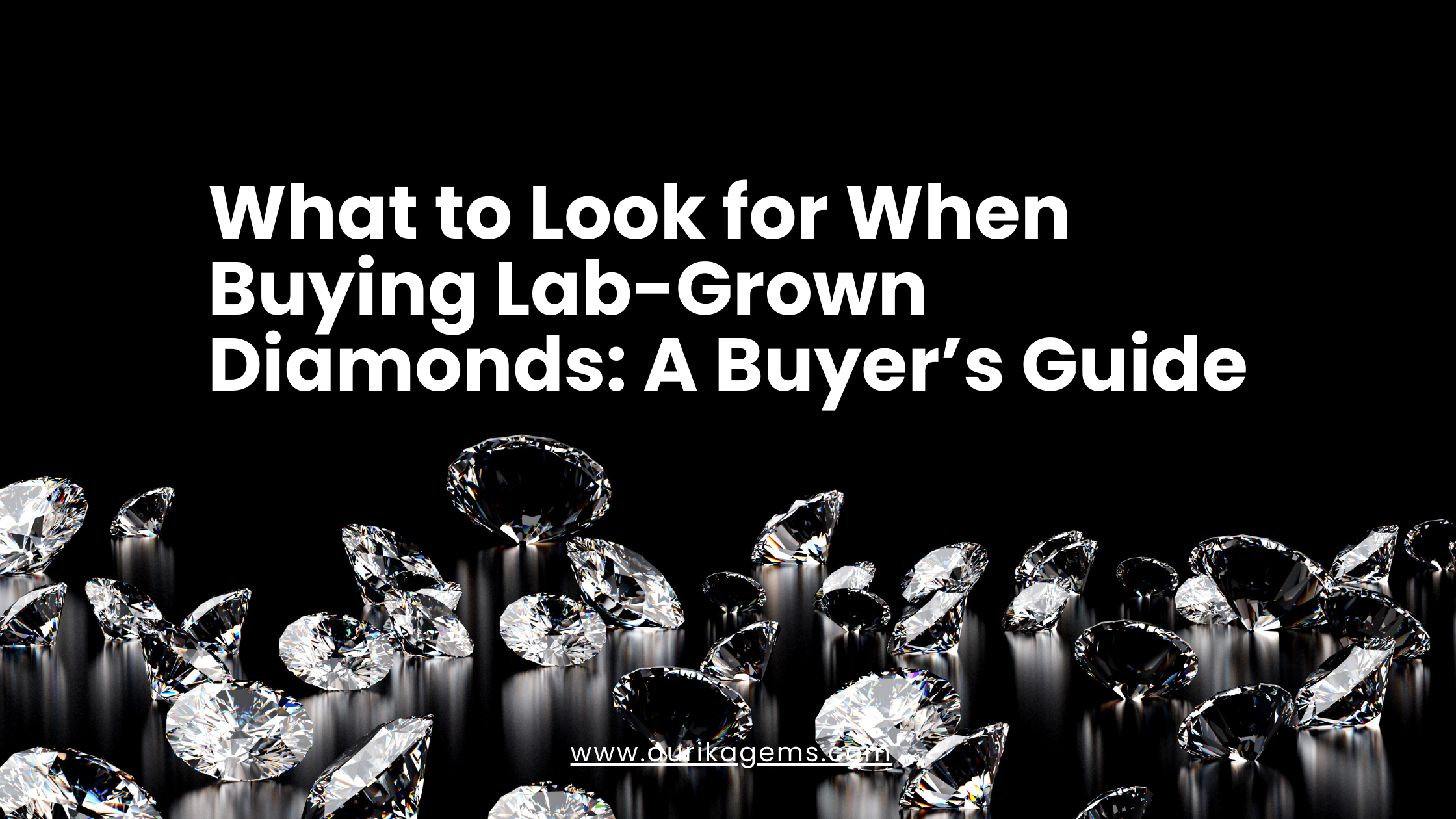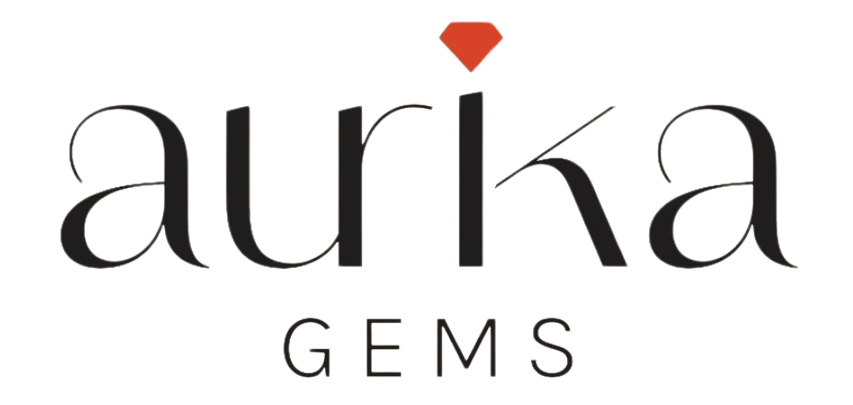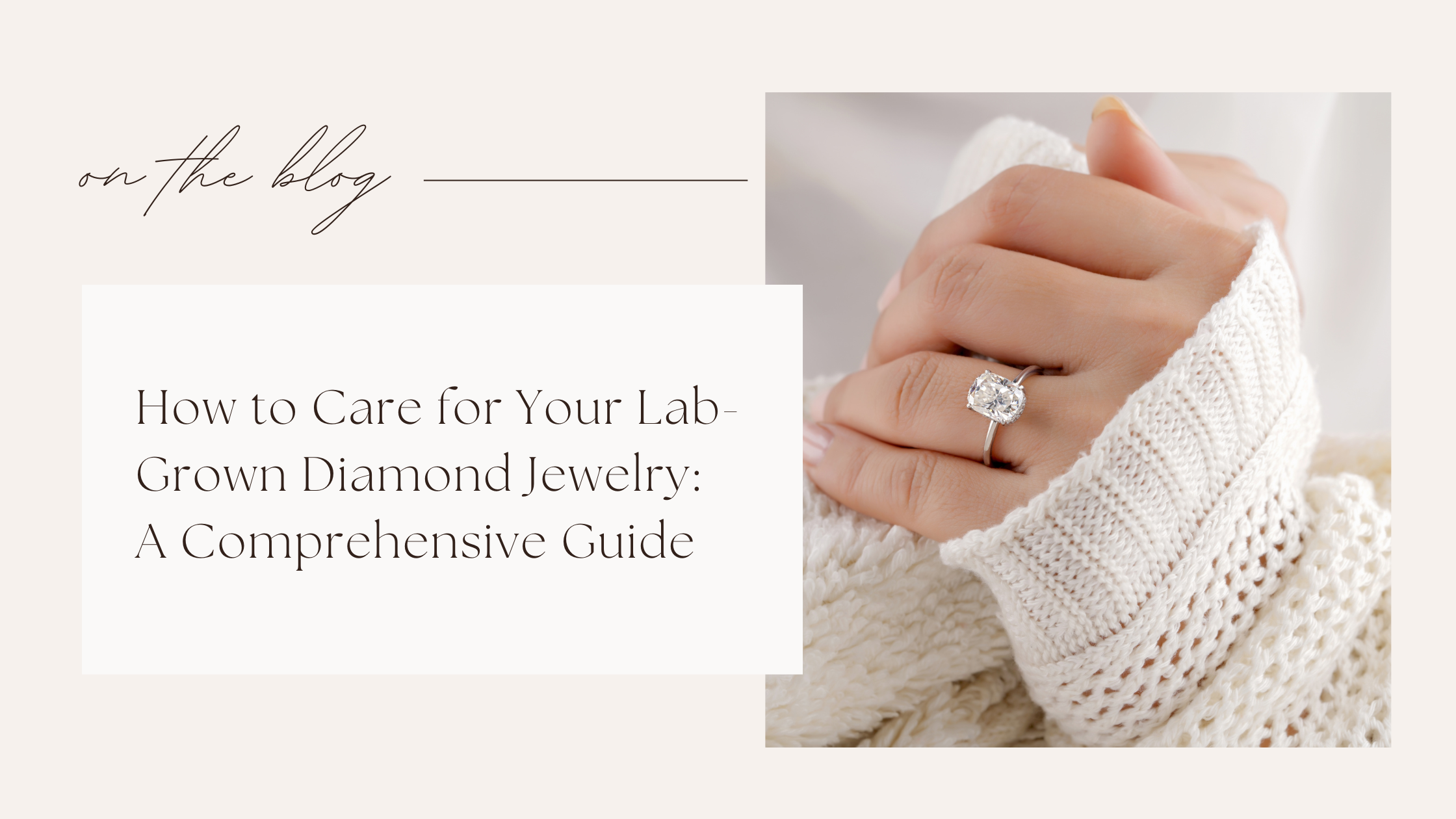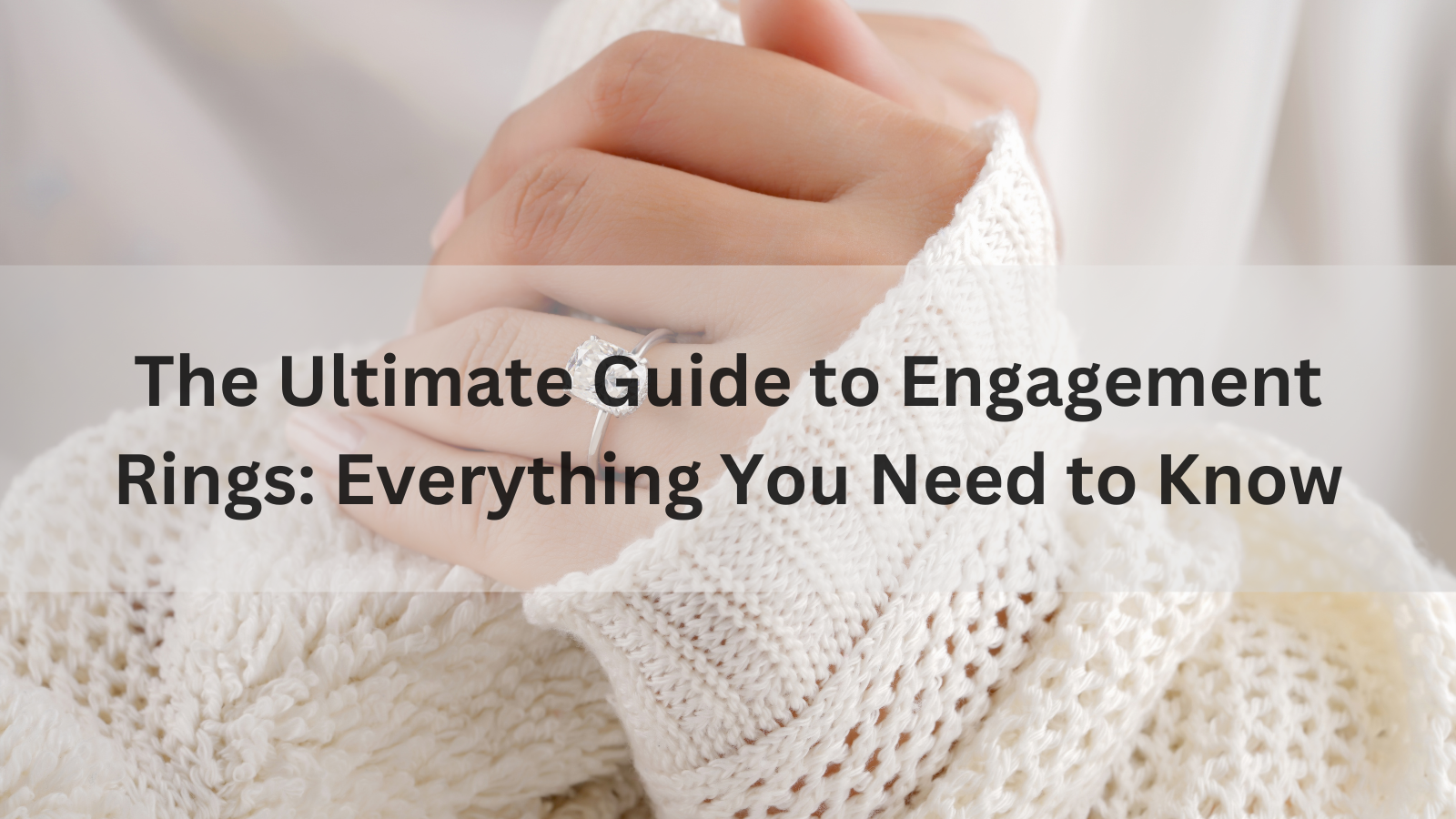
What to Look for When Buying Lab-Grown Diamonds: A Buyer’s Guide
Lab-grown diamonds have become increasingly popular due to their ethical sourcing and affordability, while still offering the same brilliance and durability as natural diamonds. If you’re considering investing in lab-grown diamonds, it's essential to understand what to look for to ensure you make an informed and satisfying purchase. This comprehensive buyer’s guide will cover key factors to consider, including certifications, quality, and ethical considerations.
1. Understanding Lab-Grown Diamonds
Lab-grown diamonds are created using advanced technology that mimics the natural conditions under which diamonds form. They possess the same physical and chemical properties as natural diamonds, including hardness and brilliance. The two primary methods used to create lab-grown diamonds are:
- High Pressure High Temperature (HPHT): This method replicates the high pressure and temperature conditions of the Earth’s mantle to form diamonds.
- Chemical Vapor Deposition (CVD): This process involves breaking down carbon-rich gases to form diamond crystals in a controlled environment.
Lab-grown diamonds are often indistinguishable from natural diamonds to the naked eye, making them an attractive option for many buyers.
Read More: How lab grown diamonds are made
2. Certifications
- Importance of Certification
Certification is crucial when purchasing any diamond, including lab-grown ones. A reputable certification ensures that the diamond has been evaluated by an independent gemological laboratory, confirming its authenticity and quality. For lab-grown diamonds, certification can also provide information about the diamond’s origin and production method.
- Reputable Gemological Laboratories
When buying lab-grown diamonds, look for certifications from well-known gemological laboratories such as:
- Gemological Institute of America (GIA): GIA is a leading gemological authority and provides detailed grading reports for both natural and lab-grown diamonds.
- International Gemological Institute (IGI): IGI offers comprehensive certification for lab-grown diamonds and is recognized for its stringent grading standards.
- Gem Certification & Assurance Lab (GCAL): GCAL provides certification for lab-grown diamonds with a focus on quality and ethical practices.
- What to Check in the Certificate
Ensure that the certificate includes important details such as:
- Carat Weight: The size of the diamond, measured in carats.
- Cut: The quality of the diamond's cut, affecting its brilliance and sparkle.
- Color: The diamond’s color grade, ranging from D (colorless) to Z (light yellow or brown).
- Clarity: The presence of internal or external imperfections, known as inclusions and blemishes.
- Origin: The method used to create the diamond (HPHT or CVD).
3. Quality Factors
- The Four Cs
Lab-grown diamonds, like natural diamonds, are evaluated based on the Four Cs: Cut, Color, Clarity, and Carat Weight. Understanding these factors will help you assess the quality of a diamond.
- Cut: The cut refers to how well the diamond has been shaped and faceted. A well-cut diamond will reflect light beautifully and exhibit excellent brilliance. Look for diamonds with grades such as Excellent or Very Good.
- Color: Lab-grown diamonds come in various colors, from colorless to light yellow or brown. For a more traditional look, opt for diamonds with higher color grades (D-F). However, fancy colors, like blue or pink, can also be found and add unique value.
- Clarity: Clarity measures the presence of inclusions and blemishes. Lab-grown diamonds can have fewer inclusions compared to natural diamonds. Look for diamonds with high clarity grades, such as VS1-VS2 or higher, for minimal visible imperfections.
- Carat Weight: Carat weight determines the size of the diamond. Choose a carat weight that fits your budget and preferences. Remember, larger diamonds are more expensive, but lab-grown diamonds can offer more value for the price compared to natural ones.
- Diamond Cut Quality
The quality of the cut is critical in determining the diamond’s overall appearance. A well-cut diamond maximizes light reflection, enhancing its sparkle. Look for diamonds with ideal proportions and symmetry, as these factors significantly impact their brilliance.
- Evaluating Color and Clarity
Lab-grown diamonds are often available in higher color and clarity grades compared to natural diamonds. Take advantage of this by selecting diamonds with superior color and clarity, which will ensure a stunning appearance. Compare diamonds side by side to assess their visual differences and choose the one that meets your standards.
4. Ethical Considerations
- Environmental Impact
One of the main advantages of lab-grown diamonds is their reduced environmental impact. Unlike traditional diamond mining, which can be ecologically damaging, lab-grown diamonds are produced in controlled environments with minimal environmental disruption. By choosing lab-grown diamonds, you’re supporting a more sustainable option.
- Conflict-Free Assurance
Lab-grown diamonds are conflict-free by nature, as they are not sourced from regions with human rights abuses or conflicts. This assurance provides peace of mind knowing that your diamond was produced ethically and without contributing to conflict funding.
- Supporting Ethical Practices
In addition to environmental benefits, many lab-grown diamond producers adhere to ethical labor practices. When purchasing lab-grown diamonds, research the producer’s commitment to fair labor practices and responsible sourcing. Look for companies that are transparent about their production methods and ethical standards.
5. Choosing the Right Lab-Grown Diamond
- Setting Your Budget
Determine your budget before shopping for lab-grown diamonds. While lab-grown diamonds are typically more affordable than natural diamonds, prices can still vary based on quality factors like cut, color, clarity, and carat weight. Setting a clear budget will help you narrow down your options and make an informed decision.
- Selecting the Style
Consider the style of jewelry you want, whether it’s an engagement ring, pendant, or earrings. The setting and design can influence how the diamond appears and interacts with light. Choose a setting that complements the diamond and suits your personal style.
- Researching Reputable Jewelers
Buy lab-grown diamonds from reputable jewelers with a track record of quality and customer satisfaction. Look for jewelers who provide detailed information about their diamonds and offer certification from recognized gemological laboratories. Reading customer reviews and seeking recommendations can also help you find trustworthy jewelers.
6. Comparing Lab-Grown Diamonds
- Use Online Tools
Many online retailers offer tools that allow you to compare different lab-grown diamonds based on the Four Cs. Utilize these tools to evaluate diamonds side by side and find the best option for your preferences and budget.
- Visit Local Jewelers
If possible, visit local jewelers to see lab-grown diamonds in person. Viewing diamonds in different lighting conditions can give you a better sense of their appearance and help you make a more informed choice.
- Ask for Expert Advice
Consult with jewelry experts or gemologists if you have questions or need guidance. They can provide valuable insights and help you understand the nuances of lab-grown diamonds, ensuring you make a well-informed decision.
Read More: Lab Grown diamonds Vs Real diamonds
7. Caring for Your Lab-Grown Diamond Jewelry
- Regular Cleaning
To keep your lab-grown diamond jewelry looking its best, clean it regularly using mild soap and water. Avoid harsh chemicals and abrasive cleaners. Professional cleaning and inspections are also recommended to maintain the diamond’s brilliance and ensure the setting is secure.
- Safe Storage
Store your lab-grown diamond jewelry in a soft pouch or lined jewelry box to prevent scratches and damage. Keep each piece separate to avoid abrasion and store in a cool, dry place away from direct sunlight.
- Routine Inspections
Regularly inspect your jewelry for loose stones or damage. If you notice any issues, seek professional assistance to address them promptly.
Read More: How to care your lab grown diamonds
Conclusion
Buying lab-grown diamonds offers a blend of beauty, affordability, and ethical considerations. By understanding what to look for, including certifications, quality factors, and ethical considerations, you can make an informed decision and select a diamond that meets your needs and preferences. Remember to set a budget, choose a reputable jeweler, and consider the style and care of your diamond jewelry to ensure a satisfying purchase.
With their impressive qualities and ethical advantages, lab-grown diamonds are a fantastic choice for anyone seeking a stunning and responsible investment. Whether you’re buying an engagement ring, pendant, or any other piece of jewelry, following this guide will help you find the perfect lab-grown diamond that will shine brightly for years to come.


